‘Foal Heat Scours’ is one of the most common types of diarrhoea to affect foals. Yet the name is a bit of a misnomer, and often leads to confusion as to the actual cause of this form of scours.
This yellowish, greenish, watery diarrhoea generally occurs in foals around 7-14 days of age, hence often coinciding when a mare comes into foaling heat. We know, however, that orphan foals and foals reared in isolation from mares commonly develop this characteristic type of scours: thereby indicating that mare hormonal fluctuations alone do not drive their development.
This type of diarrhoea is more accurately attributed to the changes occurring in the developing hindgut of the foal. Foals of this age are starting to consume grass (having initially relied entirely on nursing milk from their dams). The proper digestion of grass requires the actions of specific microbes in the hindgut. Foals aren’t born with these microbes- they are established upon exposure to feed and various environmental conditions.
Until the microbial population is well colonised in the hindgut and digestive enzyme secretion normalises in the foal, the fibre from grass remains largely undigested. The result? Yellowish, greenish scours which often contain visible clumps of undigested grass.
Foal heat scours are generally nothing to be concerned about and are easily distinguished from infectious forms of diarrhoea (such as Rotavirus or Salmonella) which are systemic illnesses. Foals experiencing foal heat diarrhoea do not have a fever, and remain bright, alert, active and on suck.
There are other forms of non-infectious diarrhoea in the foal which include lactose intolerance, overfeeding, ingestion of sand, administration of some antibiotics, and in some cases the use of NSAIDs (such as phenylbutazone ‘bute’/‘PBZ’ and flunixin).
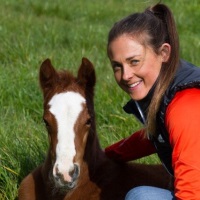
Camilla Whishaw is a highly regarded, experienced horsewoman and naturopath, helping to holistically treat and manage a broad range of equine health conditions and injuries, with a passion for mare and stallion fertility.
As a world-renowned practitioner, presenter, author, and consultant in the field of Equine Naturopathy, Camilla shares her knowledge through keynote presentations, interviews, lectures, panel sessions, and workshop training.

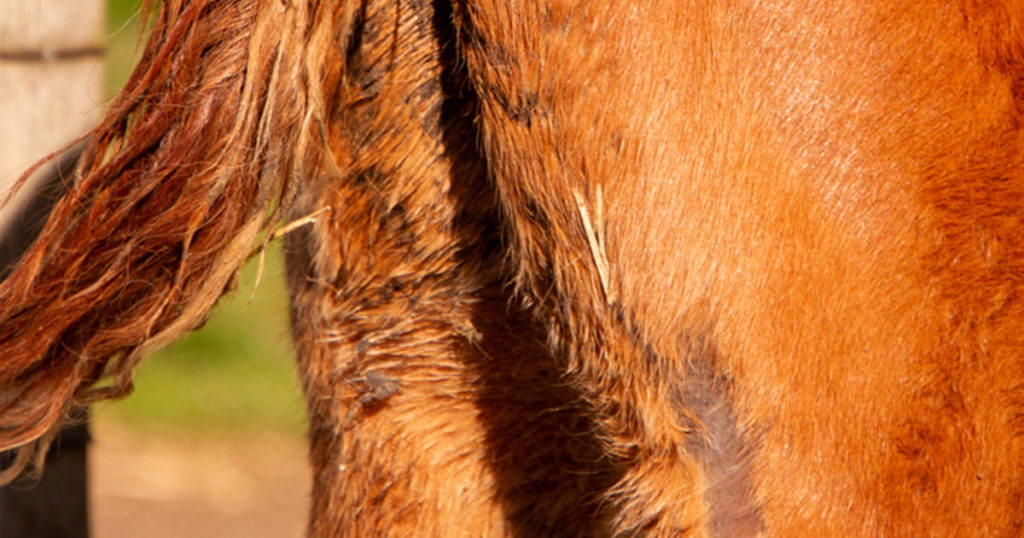
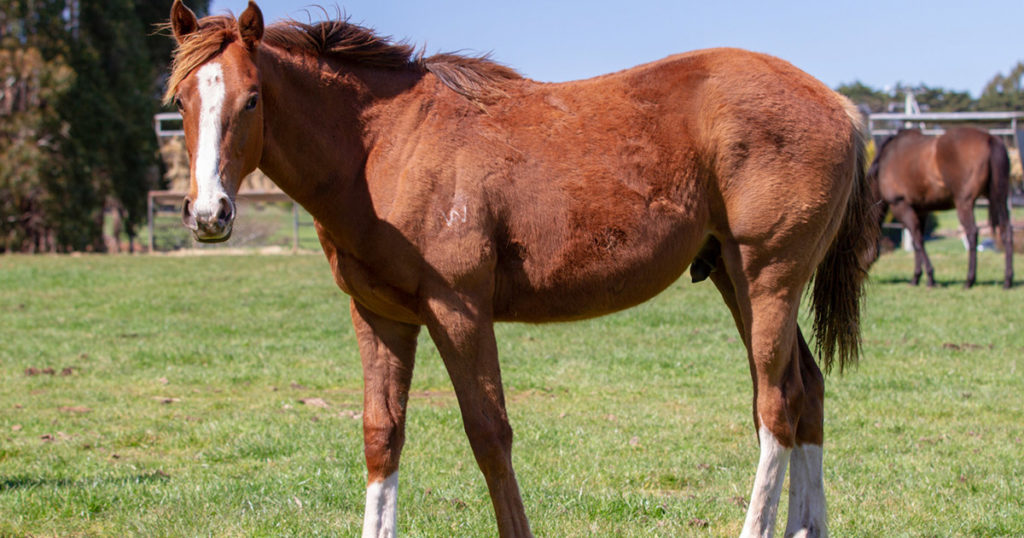
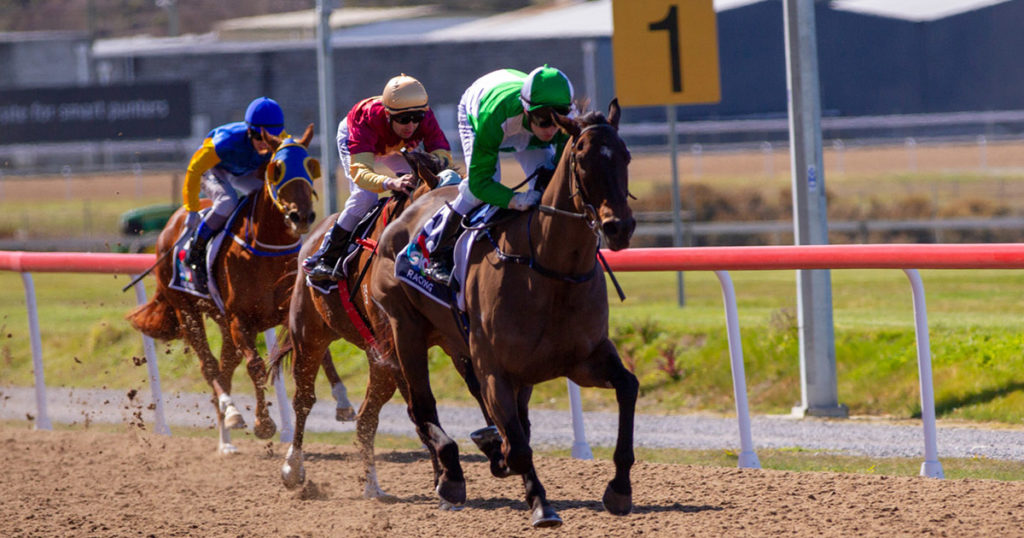
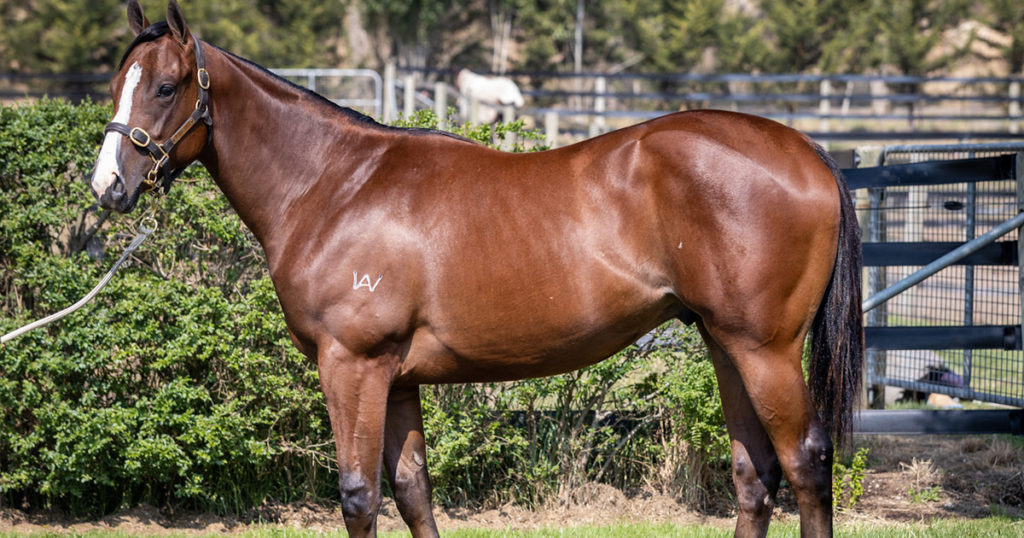
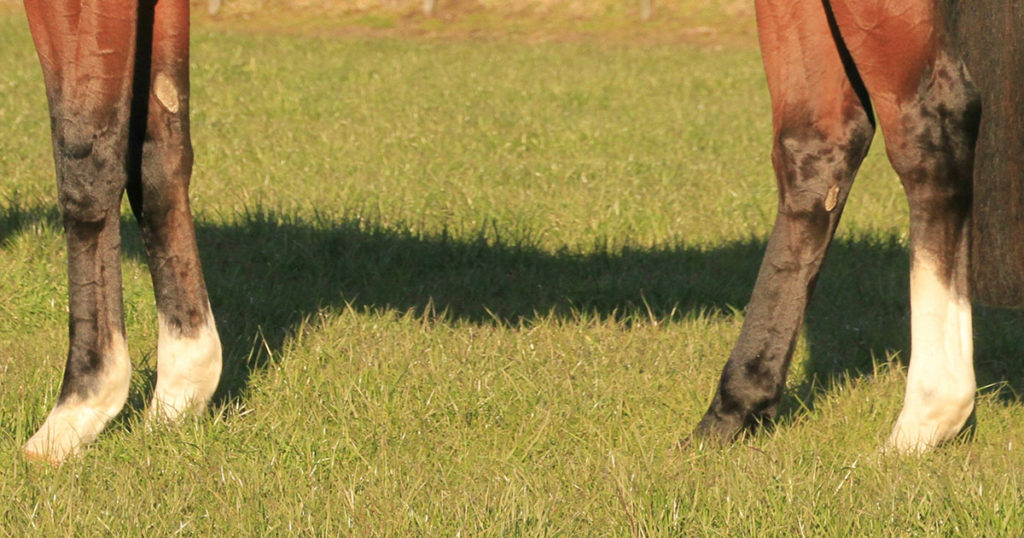
Pingback: Diarrhoea in Foals - Optim Equine